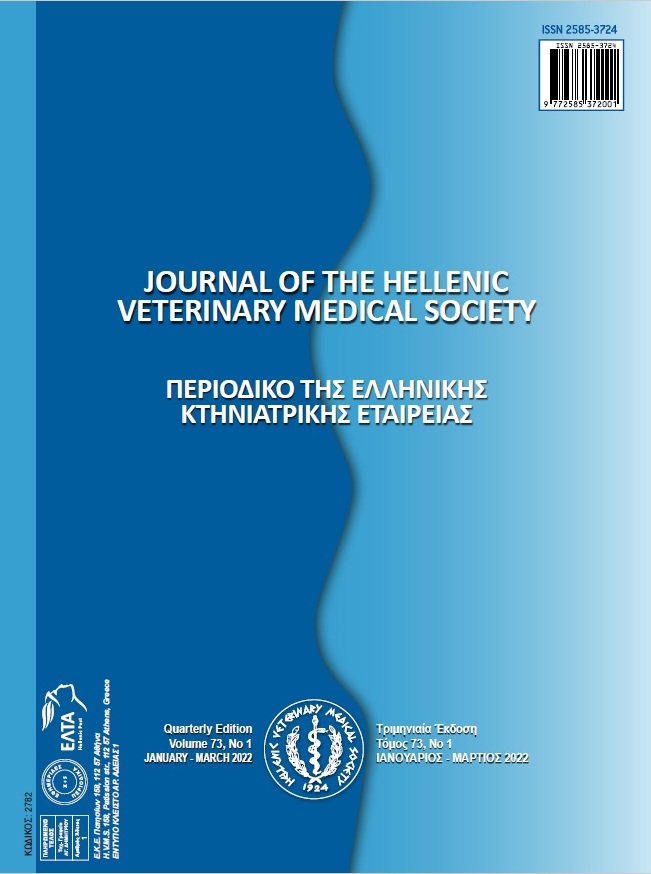Inactivation of foodborne viruses by the cold plasma technology
Résumé
Cold plasma (CP) is an innovative non-thermal food processing method. CP refers to a partially or completely ionized gas containing reactive chemical species, which are active against microorganisms, including viruses or enzymes of foods. CP has a minimal effect on the quality attributes of foods and can also elongate the shelf life of foods. Foodborne outbreaks caused by viruses have been increased in various countries in recent years. The research works on the inactivation effect of CP against viruses including foodborne viruses have been also increased in recent years. The most important foodborne viruses are human norovirus (HuNoV) and hepatitis A virus (HAV), involved in several outbreaks worldwide. Human astrovirus (HAstV), human adenovirus (HuAdV), Aichi virus (AiV), sapovirus (SaV) and enterovirus (EV) are also notable foodborne viruses and were associated in sporadic cases. The CP treatment proved efficient for the inactivation of foodborne viruses such as HuNoV and HAV. The present work reviews the CP as a non-thermal food processing technology and present the published data on the effect of CP process on foodborne viruses in foods.
Article Details
- Comment citer
-
Pexara, A. (2022). Inactivation of foodborne viruses by the cold plasma technology. Journal of the Hellenic Veterinary Medical Society, 73(1), 3553–3560. https://doi.org/10.12681/jhvms.25327
- Numéro
- Vol. 73 No 1 (2022)
- Rubrique
- Review Articles

Ce travail est disponible sous licence Creative Commons Attribution - Pas d’Utilisation Commerciale 4.0 International.
Authors who publish with this journal agree to the following terms:
· Authors retain copyright and grant the journal right of first publication with the work simultaneously licensed under a Creative Commons Attribution Non-Commercial License that allows others to share the work with an acknowledgement of the work's authorship and initial publication in this journal.
· Authors are able to enter into separate, additional contractual arrangements for the non-exclusive distribution of the journal's published version of the work (e.g. post it to an institutional repository or publish it in a book), with an acknowledgement of its initial publication in this journal.
· Authors are permitted and encouraged to post their work online (preferably in institutional repositories or on their website) prior to and during the submission process, as it can lead to productive exchanges, as well as earlier and greater citation of published work.



